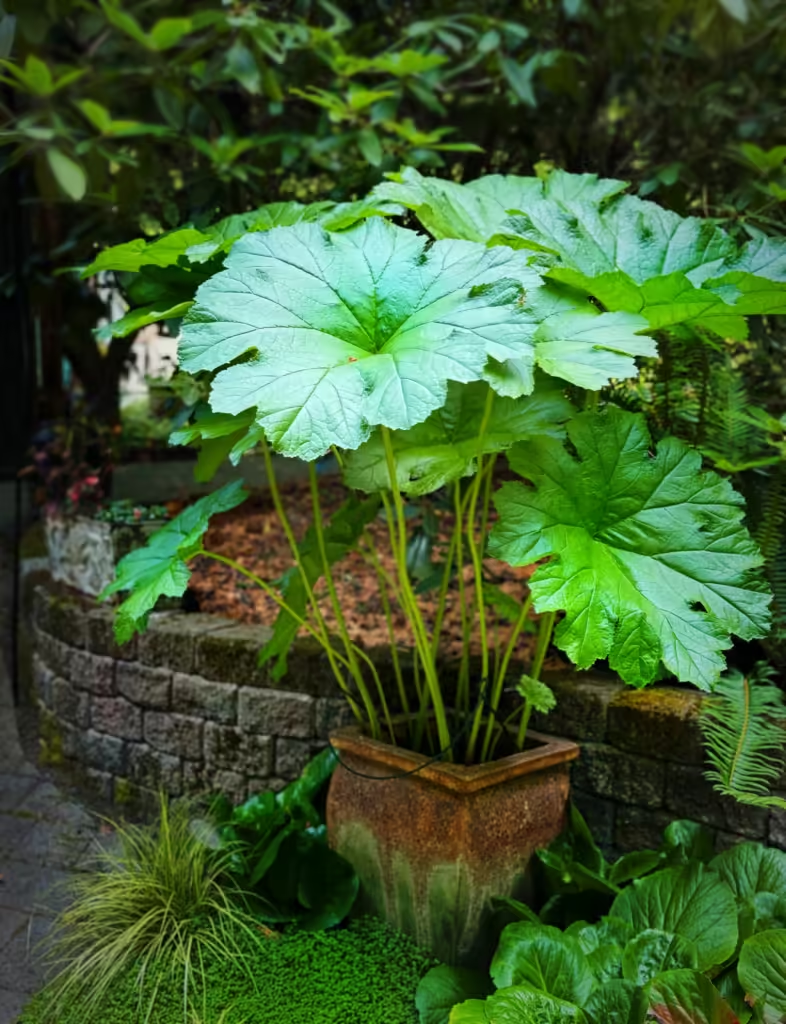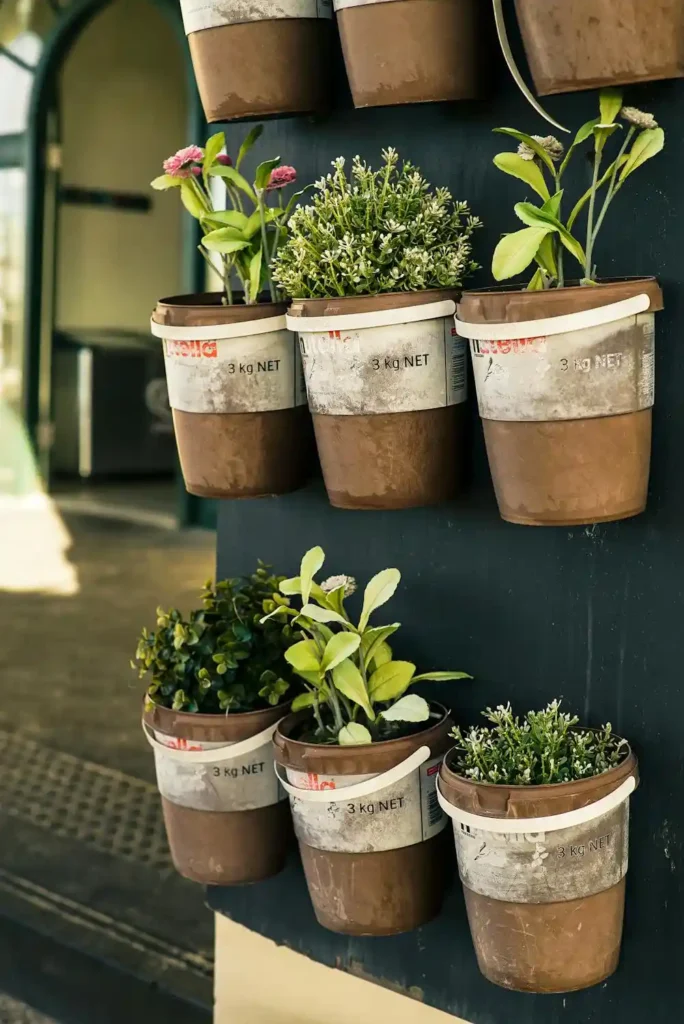So you are finally starting your gardening journey, don’t worry we are here to guide to Planning Your Garden. We will guideyou in every step with thourgh details, with this you should be able to Desing your own unique garden with your favorite plants, flowers etc.
So let’s get started right away with the first step:
Take Measurement of Your Property
It’s the most obvious and most important when planing your garden. It’s only natural to have understanding of your canvas (in this case your property). So start with measuring tape and make a outiline of your property on blank sheet of paper or preferably on laptop ( don’t worry both works equally good, it’s just about convenience ). After this you should have a rough understanding of your canvas you are going to design.

Now to enhance this enhance this even more you can use Google Map with satalite view to get better understandin of shape.

After complete this you should have clear canvas in your hands with accurate reference of your property with size and shape.
Making notes about your yard and the surrounding
In this step you should visit your property where you are planning your garden ( quite obvious ), and make notes. What type of notes you ask? Well everything that you like and everything that you dislike there, make note about everything. After your are finished writing how you don’t like your neighbours’ ugly face. Let’s review these notes.
Everything you like should be preserved and everything you don’t like needs to go or we need to hide it somehow either with decoration or by covering it.
Mark Primary and Secondary Paths in Your Garden Layout
Here we need to be extra carefull when planning your garden we often underestimate importance of path in garded they have potential to make garden or break a garden. First we need a primary path that cover your whole property, this can be done in many ways but most people tend to use straight path in the middle from start to end, but there is specific rule to follow here. Don’t worry if you are not sure yet you can always make them later.

Important Places to connect through main paths are main enterance, utility area, garbage area, porch area etc.
Design with Personality: Placing Key Attractions in Your Garden
Your still have notes from second piont don’t you? Now the time to make use of them.
From your notes pick out what you like most about your property anything special (something that have special meaning to you) comes in mind if yes, make sure to highlight it most afterall garden is personal for many. If no, then don’t worry you just need to get rid of anything you don’t like in your property, and if somehow its not possible to completely get rid of it, then your should repurpose it and incoperate in your garden. For example Wooden Crates: These can serve as planters, storage for tools
Deciding what to Grow
This is tough part of process as a gardenign lover you must want to plant dozens of different seed that you have seen at freind’s place or at nursery. But it is important to be pateint ( you can always plant more ).
So start with beginner friendly flowers ( limit yourself with max of 5)
- Marigolds
- Sunflowers
- Zinnias
- Cosmos
- Pansies
- Nasturtiums
- Petunias
- Daisies
While these are beginner friendly your should plant atleast some of your favorites also ( just make sure not to go overboard)
Most popular Layout Options for Gardens
- Raised Bed Gardens: A great way to maximize space and improve soil quality.

- Container Gardens: Ideal for small spaces or patios, using pots for plants.

- Vertical Gardens: Perfect for maximizing vertical space with wall-mounted planters.

- Flower Borders: Long, narrow beds of flowers along pathways or fences.

- Vegetable Patch: Designated areas for growing vegetables, often in rows or grids.

FAQs
What are the basic tools needed for gardening?
Essential tools include a shovel, trowel, garden fork, rake, pruning shears, and gloves.
How often should I water my plants?
The frequency of watering depends on factors like weather, plant type, and soil type. Generally, it’s better to water deeply and less frequently to encourage deep root growth.
How do I plan a garden layout?
Consider factors like sunlight, water availability, and your personal preferences. Sketch out a basic plan, including paths, planting areas, and focal points.
What are some beginner-friendly plants?
Marigolds, sunflowers, zinnias, cosmos, pansies, nasturtiums, petunias, and daisies are good options for beginners.
